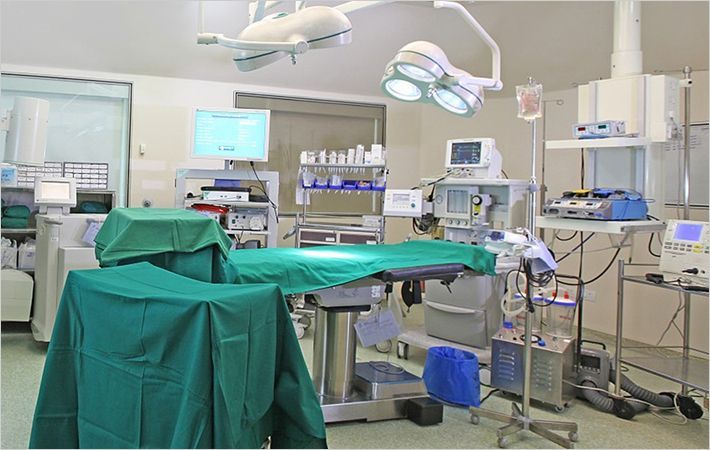BASF & ContiTech Vibration Control have made the world’s first plastic transmission crossbeam in the rear axle sub-frame for the S-Class from Mercedes-Benz.
It is made from the engineering plastic Ultramid A3WG10 CR, a specialty polyamide from BASF which is particularly reinforced and optimized to withstand high mechanical loads. Compared to the previous beam made from die-cast aluminium, this highly durable component offers a weight saving of 25 per cent, better acoustics, as well as excellent mechanical properties even at high temperatures and conforms to the latest crash requirements. The design expertise of BASF’s simulation tool Ultrasim also made a major contribution to these properties.BASF & ContiTech Vibration Control have made the world's first plastic transmission crossbeam in the rear axle sub-frame for the S-Class from #
The plastic load-bearing structural component meets all the requirements for the static and dynamic loads which act on a transmission beam: As a central component of the rear axle it supports part of the torque which is transferred from the engine to the transmission, and bears a constant share of the load of the differential. This is why the Ultramid crossbeam is used in all the vehicle designs from Mercedes-Benz with all-wheel drive, with the exception of the AMG cars, according to a company statement.
The plastic Ultramid A3WG10 CR, which is 50 per cent glass fibre reinforced, shows optimum strength and rigidity and displays a low tendency to creep under constant loading. In addition, the material has to withstand high bending torques. The component shows good NVH (noise, vibration, harshness performance).
Kai Fruehauf, head of the ContiTech Vibration Control business unit said, “The new rear axle transmission crossbeam is a milestone in the use of polyamides in the chassis. It has the potential to set a new trend in the automotive industry. In order to replace metal with high-performance plastics, it is necessary to make optimum use of the material and adapt it to the particular load situations, as BASF has demonstrated in the development of Ultramid for the transmission crossbeam.”
BASF used its Ultrasim simulation tool in the early phase of development of the new crossbeam in order to determine the size of the component, optimize the component geometry and predict how the component would behave in injection moulding and in operation. ContiTech Vibration Control used Ultrasim’s Integrative Simulation to model the entire manufacturing chain. (GK)
Fibre2Fashion News Desk - India

